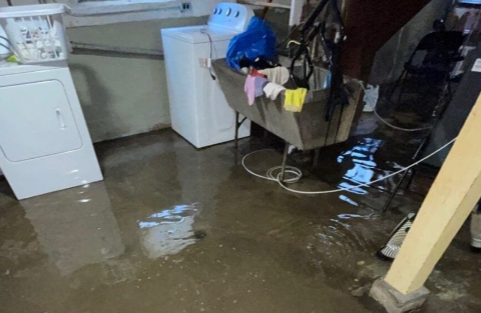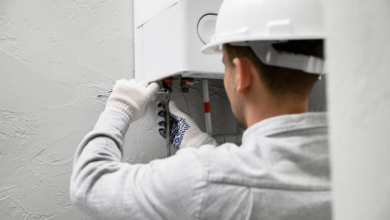Effective Strategies for Dealing with Water Damage in Your Home

Key Takeaways:
- It can be helpful to prevent water damage if you are aware of the typical causes.
- Timely intervention and the proper techniques are critical in minimizing damage and costs.
- Learning practical steps for water damage restoration can make a significant difference.
Table of Contents:
- Common Causes of Water Damage
- Signs of Water Damage
- Immediate Steps to Take
- Water Damage Restoration Process
- Preventive Measures
- Working with Insurance Companies
Common Causes of Water Damage
Water damage can strike anytime, often from unexpected sources like broken pipes, leaking roofs, or natural disasters. Understanding and identifying the most common causes of water damage can help homeowners take preventative measures. For instance, broken appliances, clogged gutters, and poor drainage systems are frequent culprits that can be overlooked. These problems can often be resolved with routine maintenance and inspections.
Knowing how to proceed with water damage restoration is crucial when an unfortunate event occurs. Quick action and proper techniques are vital in mitigating more extensive damage and significantly reducing restoration costs. Professional services often provide the expertise and equipment needed to swiftly and efficiently manage water damage scenarios. Still, there are also several steps homeowners can take immediately to lessen the impact.
Signs of Water Damage
Early detection of the symptoms of water damage can save repair costs and stop additional deterioration. Signs to watch out for include damaged flooring, peeling paint, a musty smell, and discoloration on walls or ceilings. These indicators often point to underlying issues that need to be addressed promptly. Discovering these signs early can be the difference between minor fixes and extensive, costly repairs. It’s essential to routinely inspect home areas susceptible to water intrusion, such as basements, attics, and around windows and doors. Additionally, knowing what to do if a pipe bursts is crucial to mitigating water damage and ensuring the safety of your home.
Immediate Steps to Take
When water damage occurs, prompt and efficient action is necessary to stop more issues. First and foremost, ensure safety by turning off electricity in the affected area to avoid any risk of electrical shock. Next, remove as much water as possible using tools like mops, towels, and a wet/dry vacuum. It may also be beneficial to use a dehumidifier to reduce moisture in the air and expedite the drying process. Moving furniture and possessions to a dry area also helps prevent mold growth and further damage. The damage and the restoration cost can be significantly reduced by acting quickly on these measures.
Water Damage Restoration Process
The restoration involves multiple critical steps, including extraction, drying, and dehumidification. Experts usually employ specialist tools, such as dehumidifiers and industrial fans, to eradicate moisture from the impacted region. Eliminating all moisture stops the growth of mold and germs, which, if ignored, can pose a significant risk to one’s health. The area must also be thoroughly cleaned and sanitized to eliminate possible pollutants. Parts of the walls, floors, and other components could need to be replaced, depending on the amount of damage. Consulting with water damage experts ensures comprehensive and practical restoration, minimizing the risk of recurrent issues.
Preventive Measures
Preventing water damage is often more accessible and less costly than repairing it. To protect their properties, homeowners can take several precautionary steps. Regular maintenance of plumbing systems, routine roof inspections, and proper sealing of windows and doors can prevent significant water damage. Additionally, implementing a sump pump and ensuring proper landscaping for drainage around your home can be highly effective. Water leak detection devices offer another layer of protection by alerting homeowners to issues as soon as they occur, allowing for immediate intervention. Proactive steps like these reduce the likelihood of unexpected water damage and the subsequent disruption it causes.
Moreover, keeping a vigilant eye on weather conditions and taking appropriate actions, such as cleaning gutters before heavy rains, can also go a long way in preventing water damage.
Working with Insurance Companies
Dealing with water damage often means navigating the complexities of insurance claims. Documenting the damage thoroughly with photos and detailed lists of affected items is essential. This documentation can streamline the claims procedure, guaranteeing that everything is noted. Understanding your insurance policy is crucial, as not all causes of water damage may be covered. For example, damage from a backed-up sewer line may not be included in a standard policy and might require additional coverage. It’s always wise to consult your insurance agent to ensure adequate protection.
It’s also a good idea to request copies of any signed paperwork for your records and to maintain a log of all correspondence with your insurance company. This helps ensure transparency and facilitates a smooth claims process.




